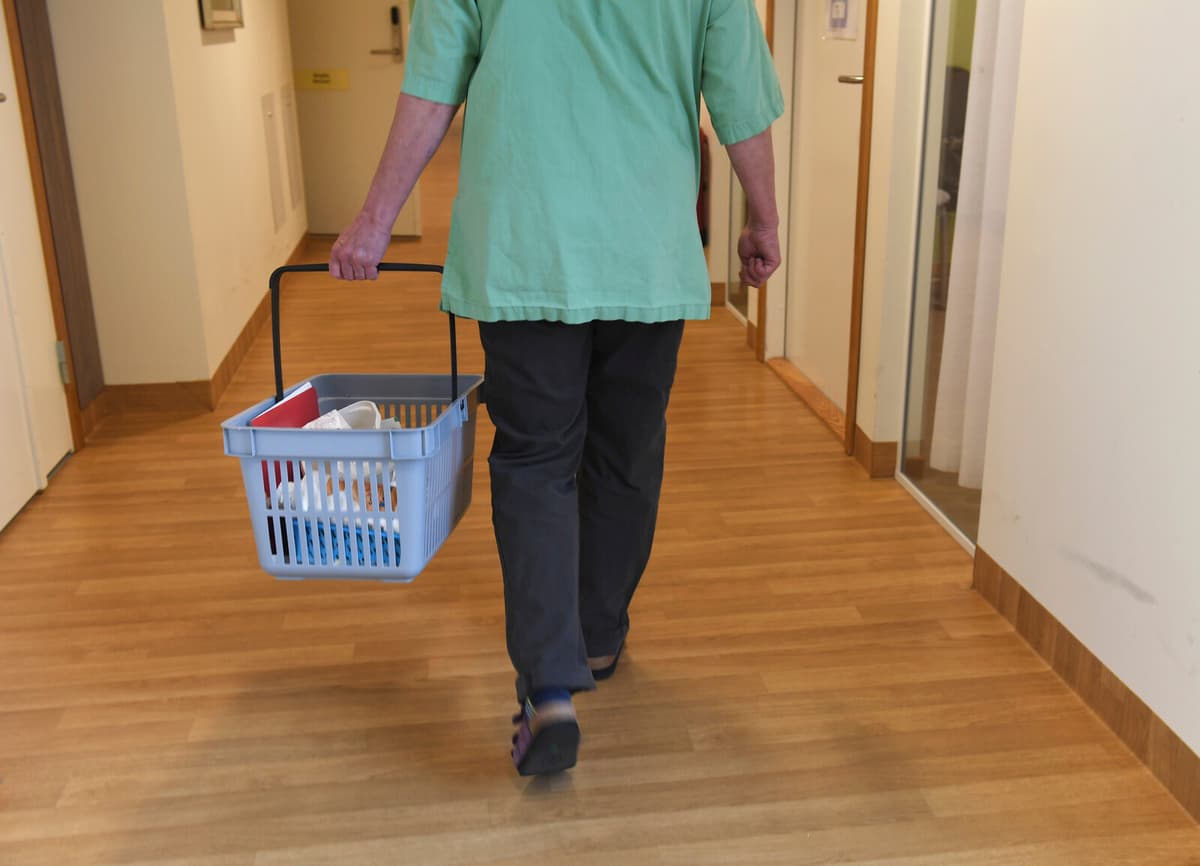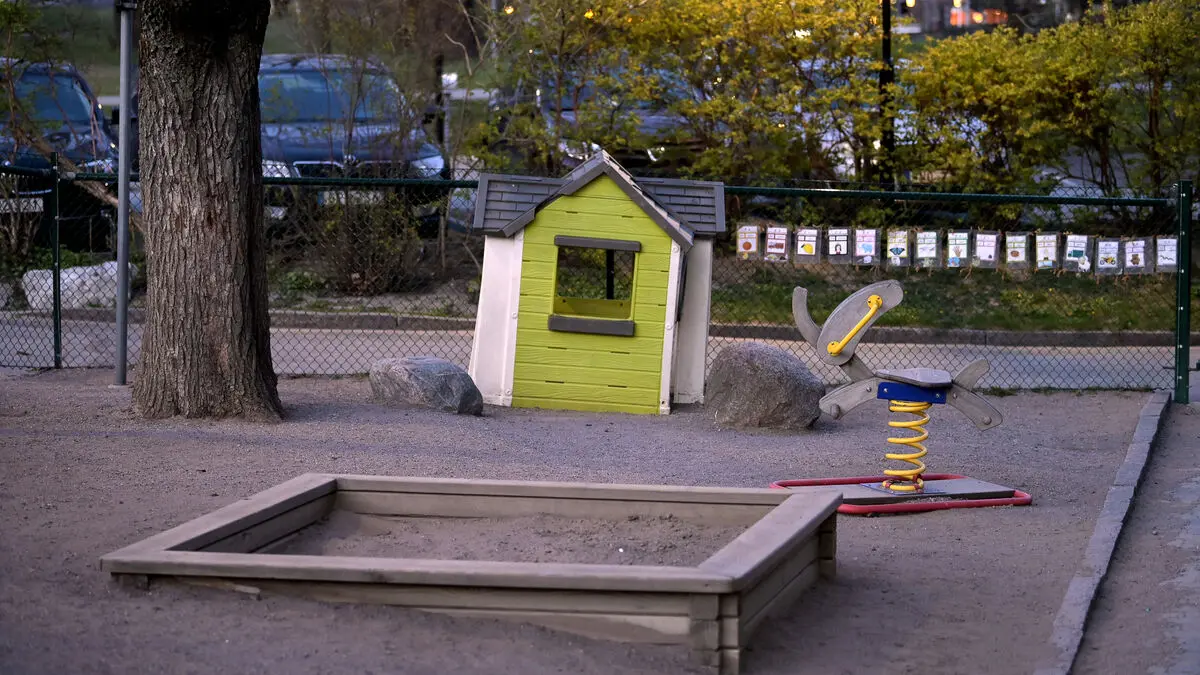With an increasing proportion of elderly in the population, it is not enough to recruit new staff. Employers must also strive to retain the already employed, and for that, better working conditions are required, according to a new report from the National Board of Health and Welfare.
The authority points out that caregivers in elderly care have twice as many sick days as the average on the labor market. If the 21 sick days per year and employee in elderly care were to shrink to ten, the equivalent of 6,000 full-time workers would be gained.
Even increased working hours can have a significant effect – but then schedules must be set so that more people can work more.
Nothing has happened
Concretely, employers need to give employees better support, proximity to managers, and opportunities for further education. As it is today, managers in elderly care have responsibility for twice as many employees – 48 – as the average manager on the labor market.
As early as 2004, the National Board of Health and Welfare, together with other authorities, employers, and trade unions, conducted an investigation that highlighted these problems in elderly care, notes Sabina Orsamt, department head, and Cristine Tell, unit manager at the National Board of Health and Welfare, in a debate article in Dagens Samhälle.
"Despite this, the problems persist and no change has really occurred", they write.
Fewer per manager
Minister for the Elderly Anna Tenje (M) shares the view:
Municipalities, regions, and to some extent the state have not taken the issue seriously enough. It is unacceptable that elderly care still suffers from the same problems that have been identified for 20 years, she says.
Anna Tenje particularly emphasizes the importance of leadership, i.e., sufficient managers in the operations.
Municipalities have a responsibility to reduce the number of employees per manager. Where this has been done, the work environment is much better and sick leave rates are lower. This also means that more people can work more hours.
Tenje does not believe in binding guidelines for manager density.
It's probably very difficult to set a specific figure since municipalities look very different, she says.
203,600 caregivers and care assistants work in elderly care. Female employees are in the vast majority, 82 percent.
Caregiver in elderly care is the most common occupation in Sweden.
51 percent work full-time, 49 percent part-time.
Source: National Board of Health and Welfare.





